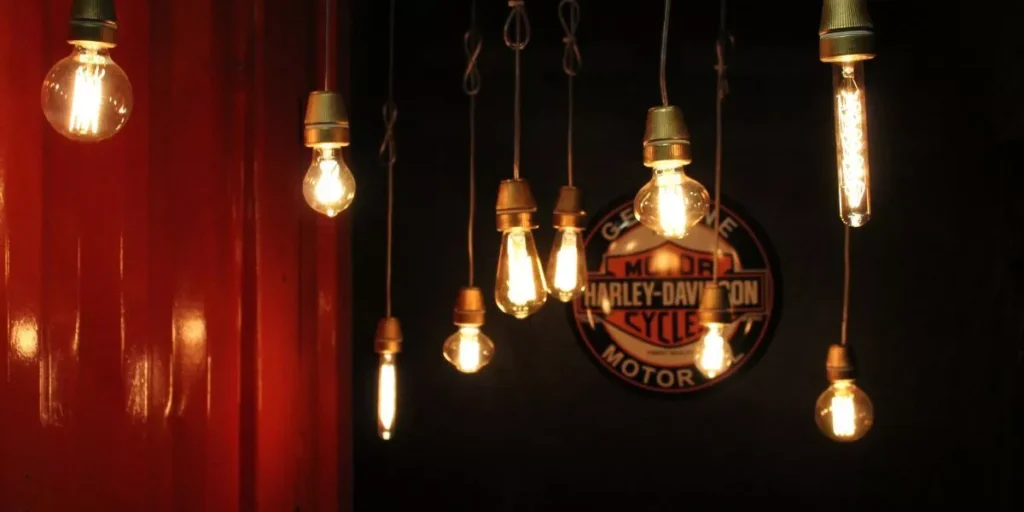
To optimize lighting in multi-purpose rooms, you must carefully consider the room’s various functions when planning your lighting strategy. By tailoring your lighting to different activities like reading, relaxing, or socializing, you can create an adaptable and comfortable environment. Layering different types of lighting, including ambient and task lighting, is crucial for achieving a balanced and functional space. But there’s one more key element you can’t overlook to truly elevate the versatility and ambiance of your multi-purpose room…
Understanding the Room’s Functionality
When designing the lighting for multi-purpose rooms, consider the room’s primary functions and how the lighting can accommodate each one effectively. Think about the different activities that will take place in the room and tailor the lighting to suit each purpose. For example, if the room will be used for reading and studying, ensure there’s ample task lighting such as desk lamps or overhead lights.
If the multi-purpose room will also serve as a relaxation space, softer lighting options like dimmable lights or floor lamps can create a cozy atmosphere. Additionally, if the room will be used for social gatherings or entertaining guests, consider incorporating accent lighting to highlight artwork or architectural features.
Layering Different Types of Lighting
To achieve optimal lighting in multi-purpose rooms, consider layering different types of lighting to create a versatile and well-balanced ambiance. Start by incorporating ambient lighting, such as overhead fixtures or recessed lights, to provide overall illumination to the room. This foundational layer ensures the space is well-lit and serves as a base for the other lighting elements.
Next, add task lighting to specific areas where activities like reading, cooking, or working take place. Desk lamps, under-cabinet lights, or pendant fixtures can illuminate these areas effectively without causing glare or shadows. Task lighting enhances functionality in the room while also adding a cozy feel to the space.
Incorporating Dimmers for Flexibility
Consider enhancing the adaptability and ambiance of your multi-purpose room by incorporating dimmers for flexibility in your lighting setup. Dimmers allow you to adjust the brightness of the lights according to different activities or moods, making them a versatile addition to your space. By installing dimmer switches, you can easily transition from bright, focused lighting for tasks like reading or working, to softer, more ambient lighting for relaxation or entertaining guests.
Dimmers also help you save energy and extend the lifespan of your light bulbs. By dimming the lights when full brightness isn’t needed, you can reduce electricity consumption and lower your utility bills. Additionally, the ability to adjust the light levels can create a cozy atmosphere in your multi-purpose room, making it a more inviting and comfortable space for various uses.
When choosing dimmers for your multi-purpose room, opt for quality switches that are compatible with the type of bulbs you have installed. This way, you can ensure smooth dimming control and avoid any flickering or buzzing noises. Experiment with different light levels to find the perfect setting for each activity, whether it’s watching a movie, hosting a dinner party, or simply unwinding after a long day.
Using Task Lighting for Specific Areas
Enhance the functionality of your multi-purpose room by strategically placing task lighting in specific areas to cater to different activities and maximize productivity. Consider incorporating desk lamps for workstations or study areas to provide focused illumination. These can help reduce eye strain and improve concentration.
For reading nooks or cozy corners, floor lamps with adjustable arms offer flexibility in directing light where it’s needed most. Pendant lights above kitchen islands or dining tables create a well-lit space for meal preparation or family gatherings.
In craft or hobby zones, adjustable task lights with magnifiers can enhance precision and attention to detail. Additionally, under-cabinet lighting in kitchens or workshops can illuminate countertops for meal prep or intricate tasks.
Trending Products














